THE PHYSICAL AND MENTAL BENEFITS OF Crawling
The Benefits of Crawling
The conventional wisdom is that crawling (or cross-lateral locomotion) otherwise known as quadrupedal movement is for babies while walking is for adults. But there’s growing evidence that crawling – one of the most basic developmental movement patterns – has surprising physical and mental benefits for adults as well.
Crawling for adults not just for kids
There’s a reason, for example, why some physical therapists include elements of crawling as part of their suggested programs. Crawling, in short, has some rehabilitative and restorative effects that often go unnoticed. For example, crawling requires coordination of your upper and lower body, forcing your shoulders and hips to work together. It’s the reason why crawling is so important for babies – it’s a basic form of movement that requires a considerable amount of coordination between all parts of the body.
Crawling for sports performance
And that’s why some sports coaches also view crawling as a way to boost sports performance. Crawling, they say, is one of the best forms of strength and mobility exercise possible. It’s the reason why you might see 300-pound/136kg professional American football or rugby players crawling on the ground at a late afternoon practice – it builds lateral strength and the ability to transfer power from the lower body to the upper torso. And it’s the reason why many militaries require some form of crawling and rapid movement along the ground as a form of basic training. The crawl motion can be moving diagonal limbs together (contralateral) or cross-pattern like a trot or moving arms and legs on the same side together (ipsilateral). It can be hand foot crawls or hand knee crawls as evidenced in children.
Reflexive Movement and Strength
Crawling is also ideal for developing what is known as “reflexive movement” or "reflexive strength" – the ability to respond effortlessly and quickly to quick physical challenges with strength and stability. It's the strength you developed as a child from a few weeks old to a toddler that got you upright and running around. It's instinctive and automatic.
If you have ever caught yourself after tripping and managed to stay upright, that's an excellent example of reflexive movement working for you. Think of the tennis player at the net, being forced to volley a groundstroke coming right at him or her at over 100 miles/160 kilometres per hour. That’s an example of a reflexive movement. Or think of the sprinter at the starting gate – they are never standing when the race starts, they are always in a four-point stance, ready to explode off the block.
Why Crawling Works?
The reason why crawling works is rooted in the way that you learned as a baby to crawl. It’s a way of creating hand-eye coordination and getting the left part of the brain to communicate with the right part of the brain. And it’s a way to tie together your entire sensory system. The more you crawl, the more you establish, restore, and cement reflexive strength. It can also be a whole lot of fun.
Crawling benefits for the brain
And that’s what leads to the mental and cognitive benefits of crawling. Yes, crawling around the floor for a few minutes at a time is not just good for your body, it’s also good for your brain. Crawling activates the development of the corpus callosum, getting both sides of the body working together. When you start new exercise patterns, what the nervous system does is build new connections which is one of the reasons dancing provides significant cognitive benefits.
The Reset
Crawling helps to “reset” the central nervous system. Imagine coming home from work or school full of anxiety and stress. Well, crawling around on the ground is one way to help relieve your body of that stress.
Finally, crawling is good for boosting self-awareness and a sense of self. In babies, crawling helps them navigate the world around them, out of the protective embrace of a parent. It helps them develop a sense of self in this big, new world. In the same way, crawling is a way for an adult to explore their sense of self and to see their environment from a different point of view. Don't just crawl forwards, but try backwards as well as crawling laterally - to the left then the right.
For these reasons, then, it’s clear that crawling has some amazing physical and mental benefits. So don’t be afraid to find your flow and channel your inner child – crawling across the floor may be the very movement that your body needs.
P.S. If you would like a standing challenge try out the SHOULDER-ELBOW-HIP-KNEE-TOE activity on for size!
RELATED POSTS:









Movement Throughout Our Lives